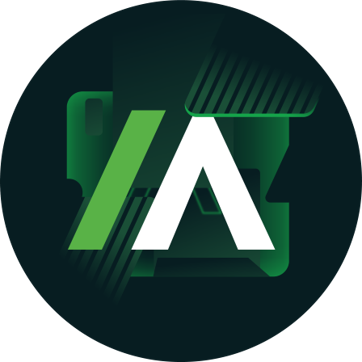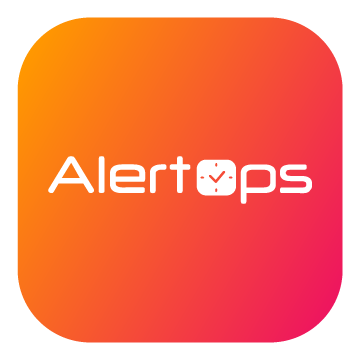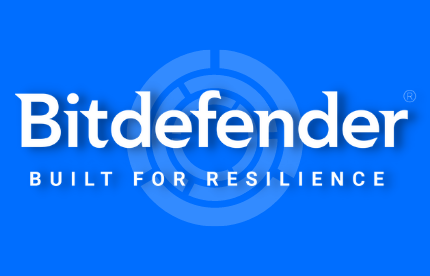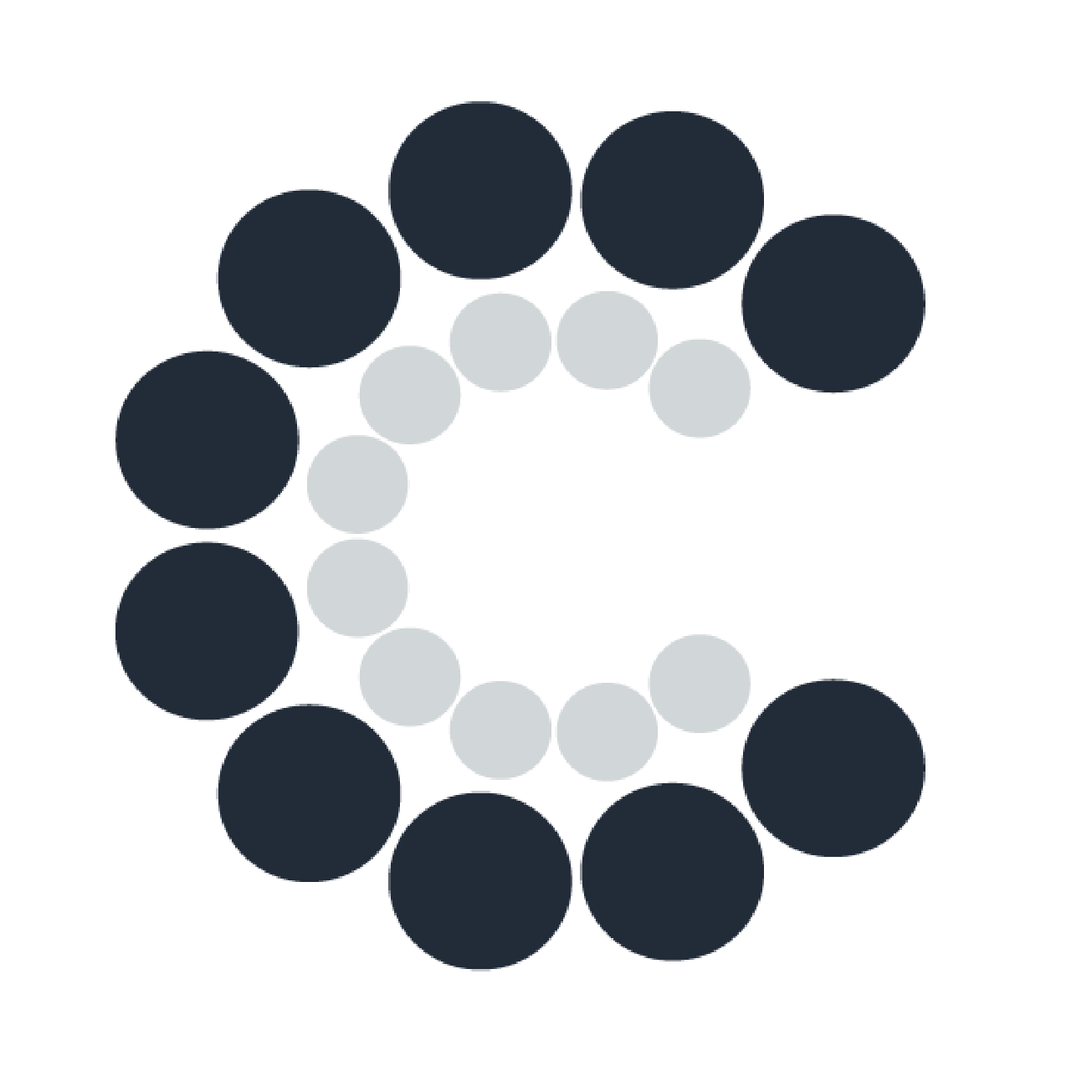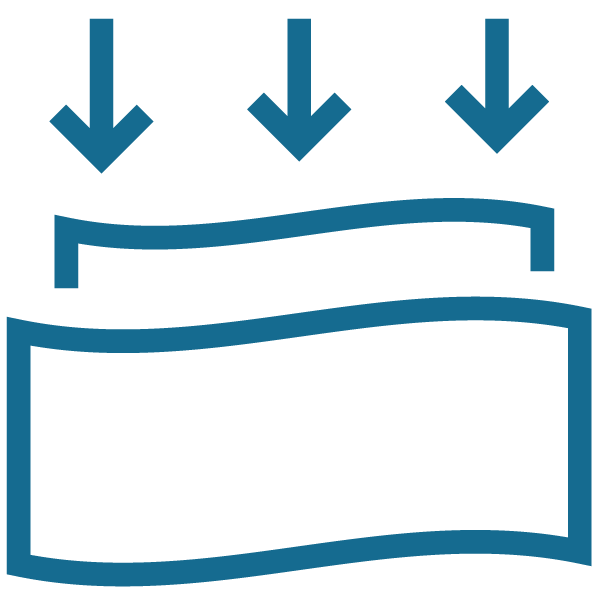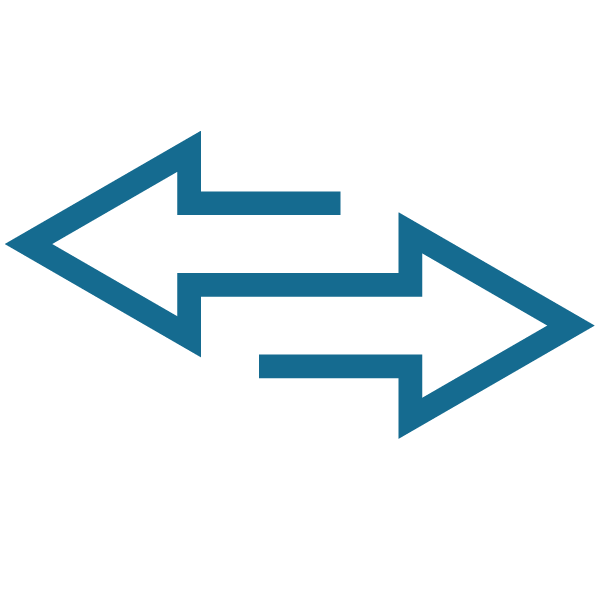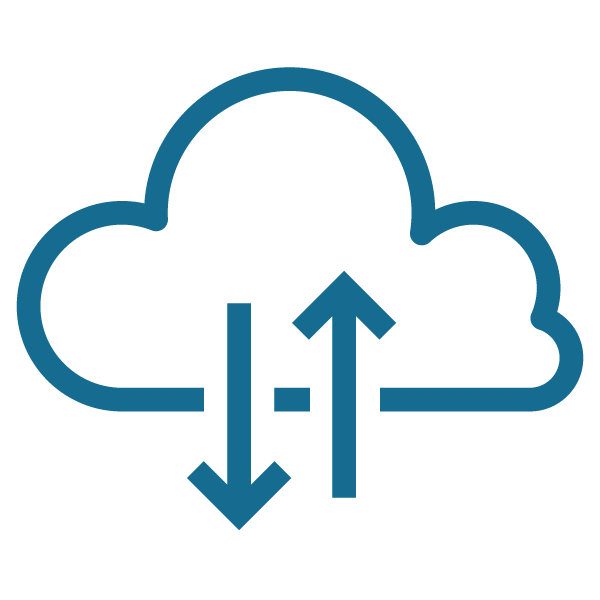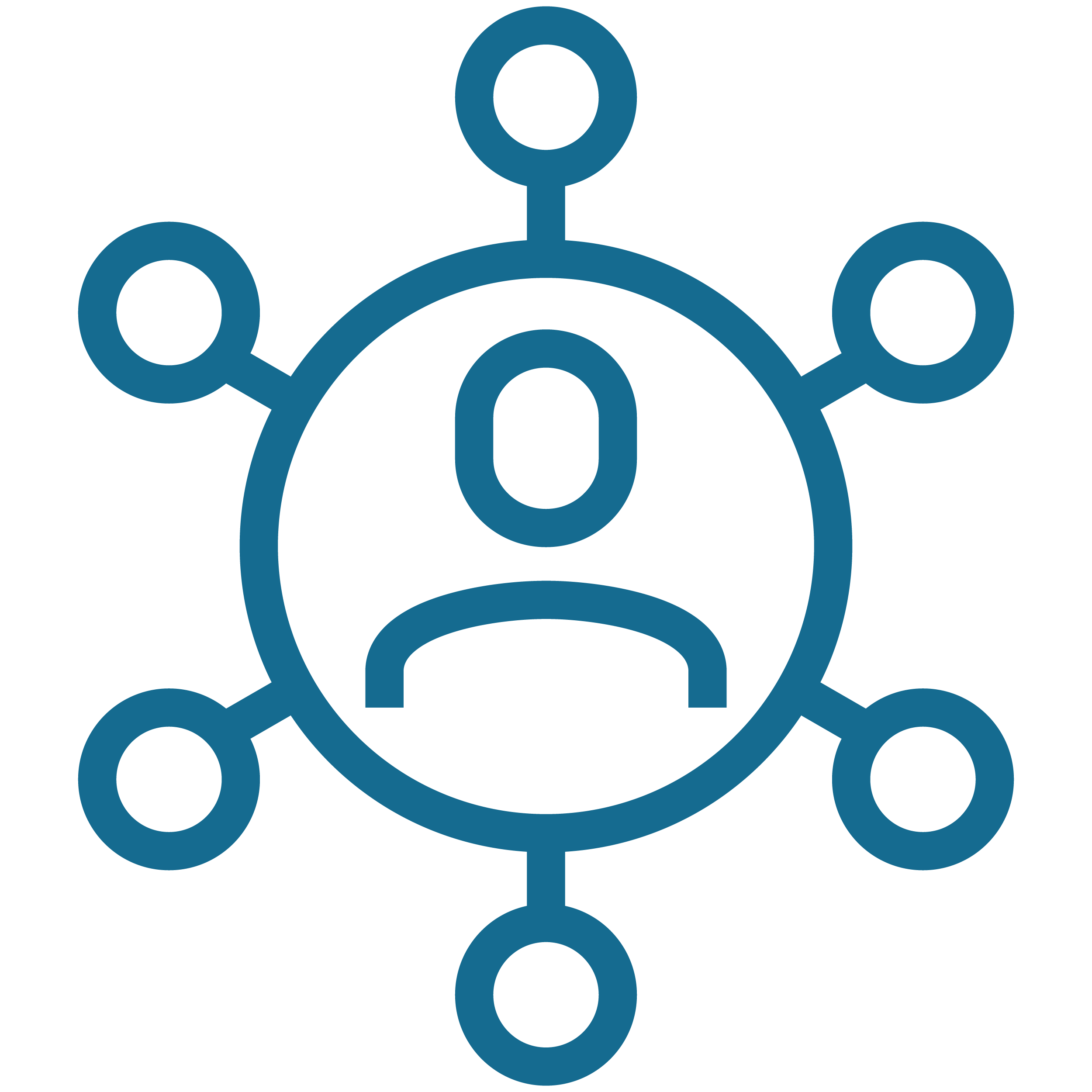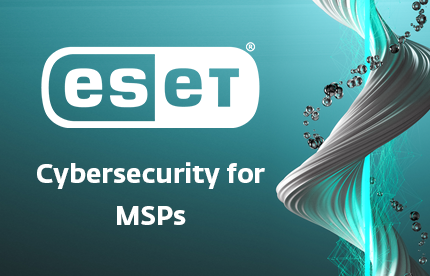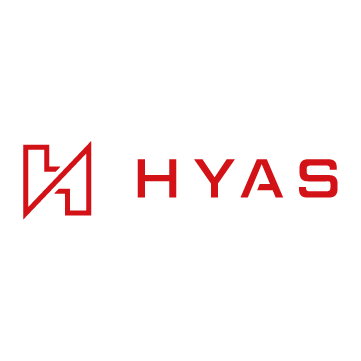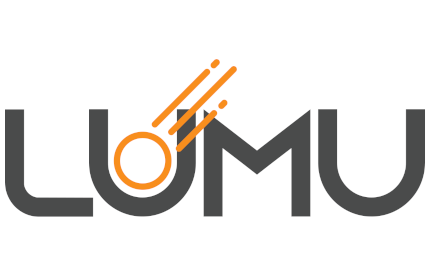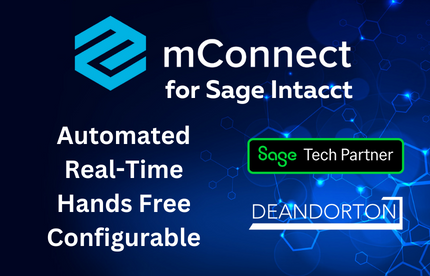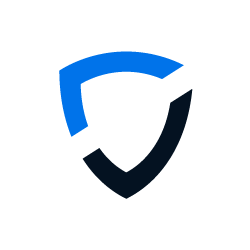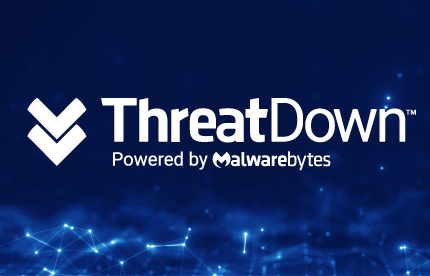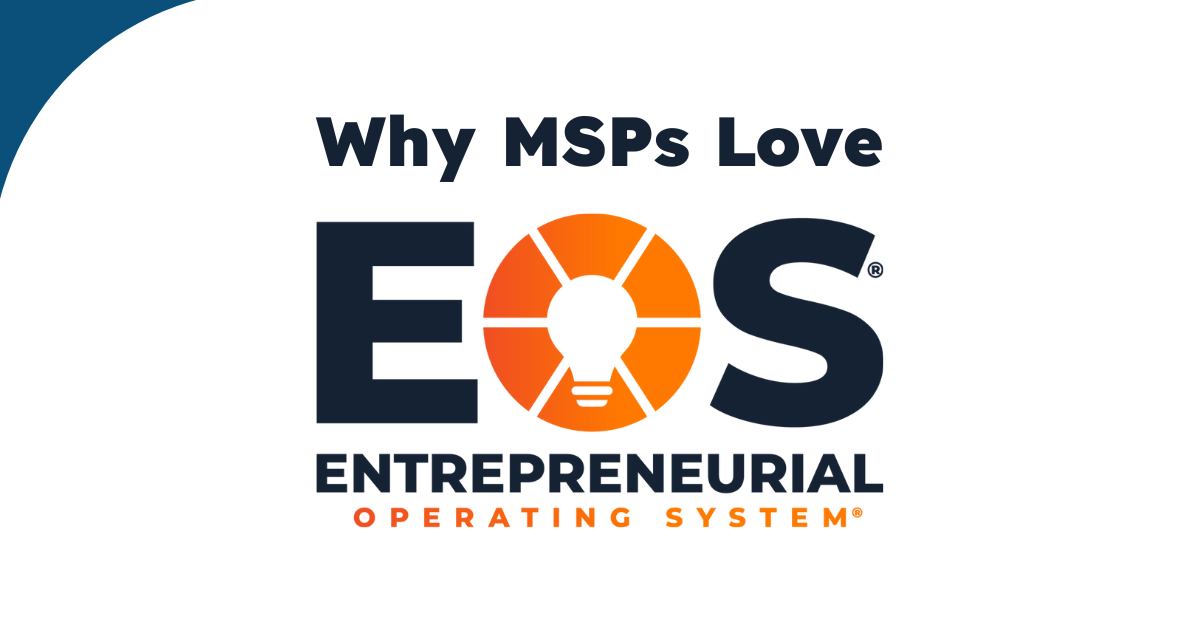You became an MSP because you're great at solving technical problems. But somewhere between your first client and today, you’ve realized that running a profitable, scalable business requires completely different skills than fixing bugs. You're working longer hours, your team feels scattered, and growth feels more chaotic than strategic.
Sound familiar? As operators who've built and scaled companies, we know this exact transition point. It's where technical expertise meets business reality — and where many MSP owners either plateau or discover the framework that changes everything.
This chaotic feeling and inflection point is exactly why so many MSP owners are choosing to run on EOS — the business operating system that transforms chaotic growth into calm, systematic scaling.
Here’s how EOS® has helped some of the MSPs we know, and how it could help you, too.
1.From Engineer to CEO (Without Losing Your Mind)
Maybe you're brilliant at solving technical problems but nobody taught you how to run a profitable business. A lot of us stumbled into business ownership because we were good with technology, not because we studied business operations. The result? Working 70-hour weeks while wondering why your margins are thin and your team feels scattered.
EOS® provides the business framework that technical founders need. The Accountability Chart™ clarifies who does what (finally!). The Vision/Traction Organizer™ forces you to think strategically about where you're going. Scorecards give you the metrics that actually matter for business growth. Rocks ensure you're building the business, not just maintaining it. These tools transform you from a skilled technician into a strategic leader.
Example: Start Tech's Ian Groves describes the classic MSP founder journey: "We've been in business since 2000, and up until about five years ago, we hadn't grown much. We were just making it up as we went along — classic IT guys that stumbled into running a company. I found myself wishing there were a guidebook to tell me how I should be running my business." Then he found Traction by Gino Wickman. After implementing EOS, they tripled revenue in five years.
Read the full Start Tech case study →
2.Everyone Speaks the Same Language (Finally)
New hires take forever to figure out "how we do things here." Your team meetings feel unproductive. Different departments operate like separate companies. When you're growing fast, this communication chaos becomes expensive — both in time and team frustration.
EOS® creates a shared operating language across your entire organization. Everyone learns the same L10 meeting structure, uses Rocks for quarterly priorities, and follows the same Issues List process for problem-solving. New team members immediately understand how meetings work, how problems get solved, and how their role connects to company goals. No more explaining your unique meeting style to every new hire.
Example: WorkSmart discovered that new employees quickly embraced their EOS system once they experienced how it simplified their work and ensured problems actually got resolved through structured processes.
Read the full WorkSmart case study →
3.Build a Performance Culture That Actually Works
You know who your top performers are, but you don't have systems to replicate their success. Underperformers coast along because you don't have clear standards. Your best people get frustrated because there's no clear path forward. Without proper performance frameworks, you're running on hope instead of systems.
EOS introduces performance management that works for growing companies. Scorecards track the metrics that predict success, not just report what happened. Quarterly Rocks ensure everyone has clear priorities beyond daily client work. The People Analyzer™ helps you identify who's in the right seat and who needs development. Regular Level 10 meetings create the rhythm of accountability that transforms individual contributors into a cohesive team.
Example: Before EOS, Valiant Technology had "no performance culture at all." After implementing proper Scorecards and Rock accountability, they became much more profitable while maintaining high team engagement.
Read the full Valiant Technology case study →
4.Channel Your Entrepreneurial Energy Productively
You see opportunities everywhere — new services, market expansions, technology investments. Your team never knows which priority will change next week. Projects start but don't finish because something more exciting comes along. Sound like someone you know? 🙂
EOS gives structure to entrepreneurial energy through quarterly Rocks that force commitment to specific priorities for 90-day periods. Level 10 meetings provide regular progress tracking without constant priority shifts. The Issues List captures new ideas without derailing current focus. You can still be opportunistic while building the systematic execution your business needs to scale.
Example: Parachute Technology's Mark Lukehart explains how EOS provides structure for entrepreneurial energy: "It's especially common in small businesses that people wear multiple hats. When you're multitasking so much, sometimes you can look up two quarters later and realize, 'Oh, crap, I really haven't done anything to improve the company.' EOS forces you to sit down once a quarter and come up with rocks that are actually going to move the company forward."
Read the full Parachute case study →
5.Turn Constant Change into Strategic Advantage
Client needs evolve overnight. Technology advances faster than you can implement it. Competitive pressures require quick pivots. In this environment, many MSPs get stuck in reactive mode — always responding to the latest crisis instead of building systematic growth.
EOS provides structure for managing change without losing focus. Regular Quarterly Planning meetings ensure strategic decisions get made quickly. The Issues List creates clear escalation paths so problems don't fester. Level 10 meetings maintain visibility across all levels while adapting to new challenges. You can move fast without breaking things because everyone understands the framework.
Example: Pendello Solutions operates in an environment of "extremely quick pace of change with broad moving parts." EOS ensures their team stays aligned when priorities shift by maintaining clear communication channels through L10 meetings and systematic issue resolution.
Read the full Pendello case study →
Ready to Transform Your MSP with EOS?
The framework is proven. The tools work. The question is whether you're ready to move from reactive firefighting to systematic growth. EOS is the operating system that helps technical founders build the businesses they actually want to run.
Whether you implement EOS with spreadsheets, dedicated EOS software, or integrated platforms, the key is getting started. The framework works when you work the framework.
Why MSPs Love Strety for EOS Software
Here's the thing though — your team already spends half their time jumping between tools instead of solving client problems. ConnectWise PSA for tickets, separate tool for team management, spreadsheets for tracking metrics, email for everything else. Every tool promises to be the "single source of truth" but somehow you end up with five sources of different truths.
That's exactly why we built Strety. Instead of adding another disconnected tool to your stack, Strety integrates with the tools you're already using — your PSA, Microsoft Teams, Outlook, — so your To Dos flow directly from client work to strategic priorities, your L10 meetings happen where your team already collaborates, and EOS becomes the central nervous system that makes all your other tools actually work together. As the founders of BrightGauge, we know how you work and how to build tools that make life easier for MSPs.
Want to see EOS in action? Check out our case studies above, or if you're ready to stop playing software whack-a-mole, start a free trial with Strety — the platform built by operators, for operators.







